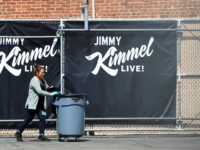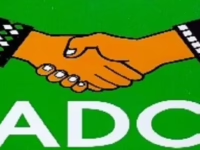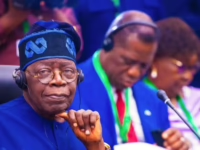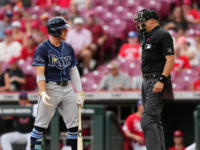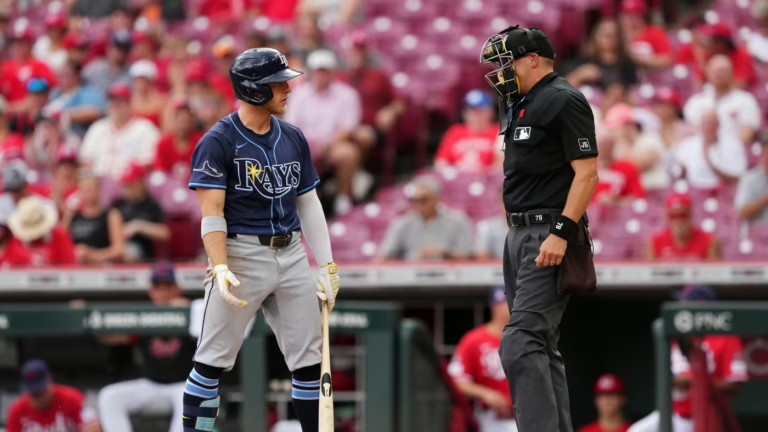Taylor Walls of the Tampa Bay Rays disputes a strike call with umpire Adam Hamari during a game against the Cincinnati Reds on July 27, 2025.
Dylan Buell/Getty Images
hide caption
toggle caption
Dylan Buell/Getty Images
Beginning with the 2026 season, Major League Baseball will introduce a groundbreaking feature allowing players to contest called balls and strikes during both regular season and playoff games for the very first time.
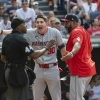
The implementation of this challenge mechanism, driven by the Automated Ball-Strike (ABS) system, was officially revealed on Tuesday after extensive trials in the minor leagues and its initial use in this year’s spring training and the MLB All-Star Game.
MLB Commissioner Rob Manfred emphasized that the system “achieves an ideal balance by maintaining the umpire’s essential role while providing a method to rectify incorrect calls in critical moments, all without disrupting the flow and tempo of the game.”
Only the batter, pitcher, or catcher can initiate a challenge, which is signaled by the player tapping their head immediately following a ball or strike call. Subsequently, a video replay displaying the pitch’s trajectory and its position relative to the strike zone-captured by a network of 12 cameras installed in every stadium-will be shown on the scoreboard.
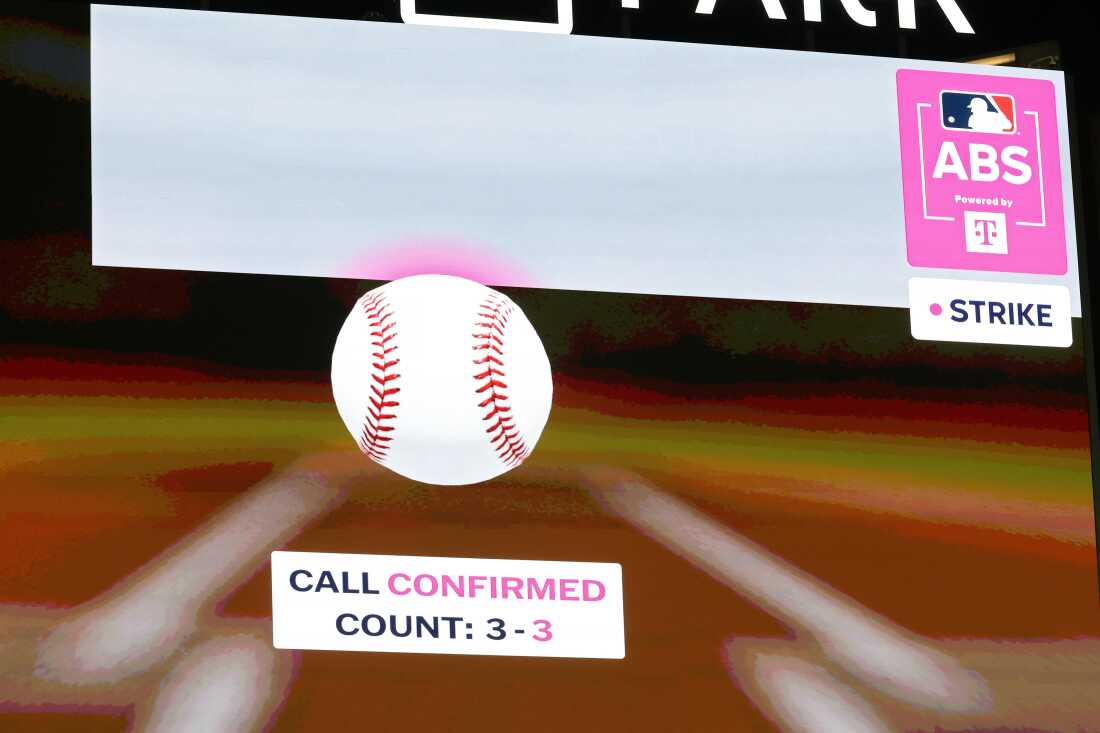
Scoreboard at Truist Park displaying an Automated Ball-Strike system challenge during the 2025 MLB All-Star Game in Atlanta, Georgia.
Kevin C. Cox/Getty Images
hide caption
toggle caption
Kevin C. Cox/Getty Images
Teams start each game with two opportunities to challenge calls. If a challenge results in an overturned call, the team retains that challenge; if the original call stands, the challenge is forfeited. Once both challenges are used up, no further disputes can be made by players.
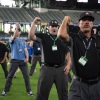
Tayler Saucedo, a relief pitcher who recently played for the Seattle Mariners, expressed his support for the system after initial skepticism. “I was initially against ABS, but after using it this season, I believe it’s a fantastic improvement that fans will appreciate,” he shared on X. “It also seems to enhance umpire performance and doesn’t slow the game down-it takes roughly 10 seconds total.”
During this year’s spring training, players challenged over 1,000 pitches, with calls overturned slightly more than half the time. Catchers led the way with a 56% success rate, while pitchers had the lowest at 41%. MLB noted that each challenge extended game time by approximately 14 seconds.
Most players have already encountered the ABS challenge system, either during spring training or through its ongoing trials in the minor leagues since 2021.
Seattle Mariners owner John Stanton hailed the innovation as a “significant advancement for baseball.”
“The ABS Challenge system thoughtfully empowers players to rectify critical missed calls while preserving the human aspect of officiating and introducing an engaging moment for fans,” Stanton said. He also serves as chairman of MLB’s joint competition committee, which includes team owners, active players, and an umpire who collectively vote on rule changes.
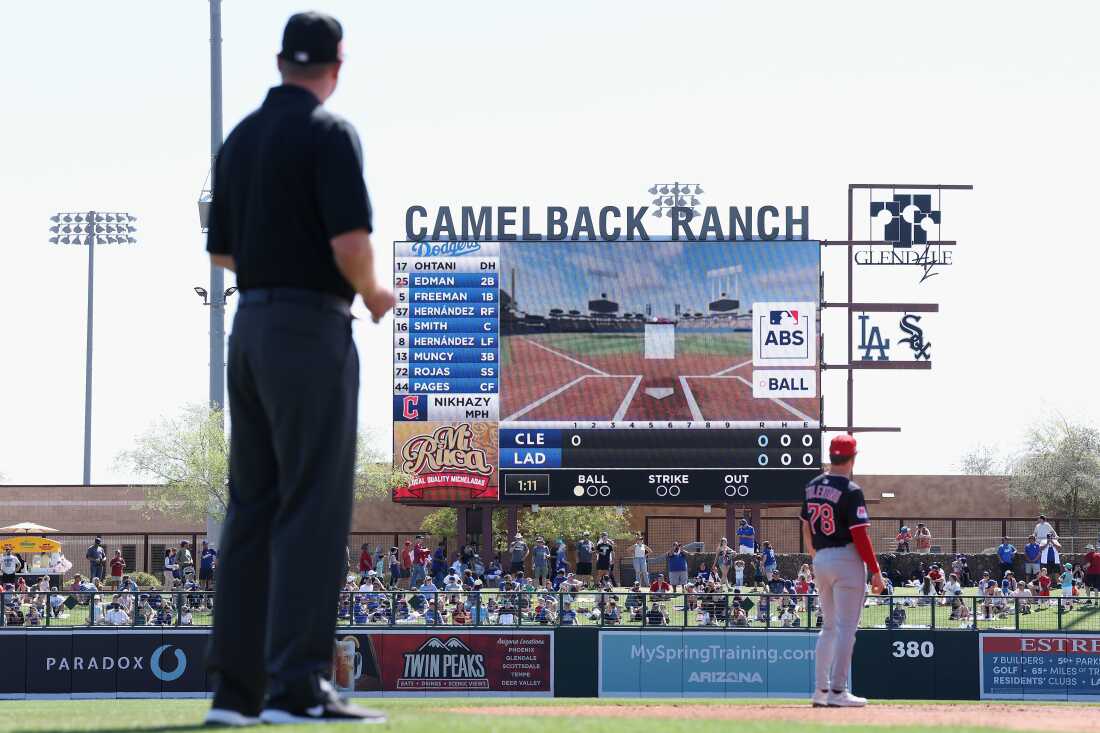
Umpire and player observe the Automated Ball-Strike system on the video board during a challenge in spring training on March 11, 2025, in Glendale, Arizona.
Christian Petersen/Getty Images
hide caption
toggle caption
Christian Petersen/Getty Images
Since 2008, MLB has incorporated replay review, initially limited to home run calls but gradually expanding to include various plays such as force-outs and catch/no-catch decisions.
However, balls and strikes have traditionally been regarded as a core human element of baseball, despite technological advances that have made it easier to identify incorrect calls and increased scrutiny on umpires from league officials, broadcasters, and fans on social media.
The ABS technology was developed by Hawk-Eye, the same company responsible for automated officiating in sports like tennis and soccer. Over four seasons of minor league testing, feedback from players, umpires, and spectators led to adjustments-such as lowering the strike zone height after players noted it was initially taller than expected.
MLB also experimented with a fully automated system where the technology called every pitch, but surveys revealed a strong preference for the challenge-based approach. An internal poll last summer among Triple-A players and staff showed only 8% favored full automation, while 54% preferred the challenge system and 38% supported traditional umpiring.
Commissioner Manfred stated, “Our deployment strategy focused on player acceptance. The clear player preference for the challenge format over full automation was a decisive factor in our final decision.”








